November 26, 2024 | 16:24 GMT +7
November 26, 2024 | 16:24 GMT +7
Hotline: 0913.378.918
November 26, 2024 | 16:24 GMT +7
Hotline: 0913.378.918
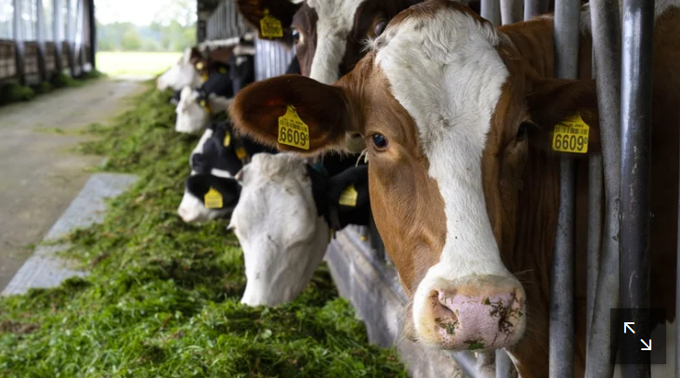
Farmer Jos Verstraten says 'we don't know where to go with our manure'.
As clouds gathered over Mr Verstraten's dairy farm, tucked away in a southeast corner of the Netherlands, so too a storm was brewing over the growing manure crisis confronting Dutch dairy farmers.
"We are literally in the sh*t," the 59-year-old said with customary Dutch directness, pointing to a stable where 145 of his cows slowly chewed, waiting to be milked.
Mr Verstraten and other Dutch farmers - who together own four million head of livestock - has for years benefitted from a special European Union dispensation allowing them to spread more manure on their fields than other countries in the 27-nation bloc.
The EU deal allowed the Netherlands - one of the world's largest dairy exporters - to dump between 230 and 250 kilogrammes (507-551 pounds) of nitrogen per hectare (2.47 acres) each year.
From February to September during the growing season, farmers spread excess manure on their fields as a natural fertiliser.
But nitrogen levels have hit unacceptable levels and the Netherlands has seen a deterioration in water quality linked to manure output, prompting Brussels to clampdown.
By 2026 Dutch farmers will have to comply with the European standard.
Mr Verstraten sighed. "We don't know where to go with our manure. We produce more than we can spread on our fields."
'Pay more and more'
Dutch food production rocketed after World War II and the country became a champion of intensive farming with the advent of the EU and is a huge exporter.
But there was a flip side: today the Dutch agricultural sector is being singled out as one of the biggest culprits in a nitrogen pollution crisis on the continent.
The issue has become a political headache in one of Europe's most densely populated countries - and even with arrival of a pro-farmer government there seemed to be no quick-fix solutions.
Mr Verstraten already had a manure surplus and said he expect his slurry tank to be overflowing by next March.
His herd produce some 5,000 cubic metres of manure each year - enough to fill two Olympic-sized swimming pools.
For the moment Mr Verstraten is allowed to spread around 1,700 cubic metres of dung on his 55-hectare farm. In coming years it will fall to 1,500 cubic metres.
Hiring transport to take away some manure already costs him between €20,000 and €30,000 per year, the farmer said.
"We have to pay more and more and more. And the ones who can pay the most will get rid of their manure."
'Sector must change'
The pro-farmer BBB party, which is part of a new right-wing government coalition has been lobbying Brussels to maintain the Dutch exemption.
Experts however said they had little chance of succeeding.
That means the sector has to consider an "inevitable" measure once regarded as a taboo around rural dining tables - reducing livestock numbers.
New Agricultural Minister Femke Wiersma, a BBB member, said she wanted to focus on financial compensation for farmers who voluntarily reduce numbers.
Mr Verstraten conceded the sector had to change "because we know the current system causes too much environmental pollution".
"There is only one solution at the moment and that's cutting our herds," he said.
That means sending more animals for slaughter and producing less milk.
Farmers said they were frustrated, particularly because of a lack of clear government policy. "Everything is very uncertain. We're waiting for the government to take action," Mr Verstraten said.
"But in the meantime, the crisis is here and farmers are losing patience."
"We're all looking at our neighbours. Who will stop farming first? It's a very sad situation," Mr Verstraten said.
(RTE)
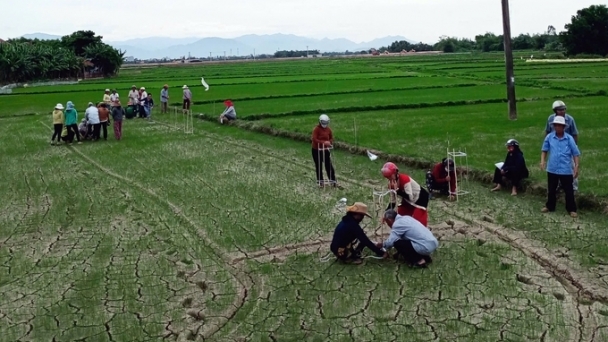
(VAN) Not only does applying Integrated Pest and Health Management (IPHM) reduce input material costs, but it also helps farmers increase both the yield and quality of rice crops.
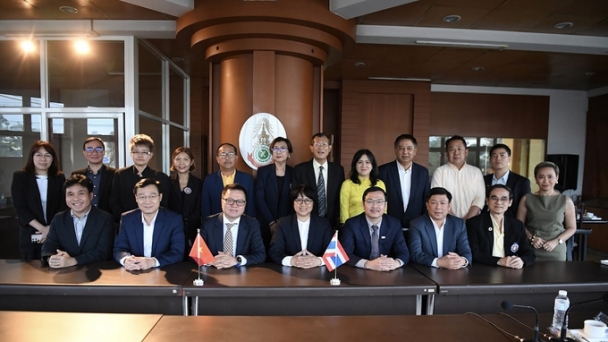
(VAN) The Thai side mentioned that next year, they are ready to host Vietnamese journalists for Thai language training and hope that Vietnam will also invite Thai reporters to Hanoi for Vietnamese language training.
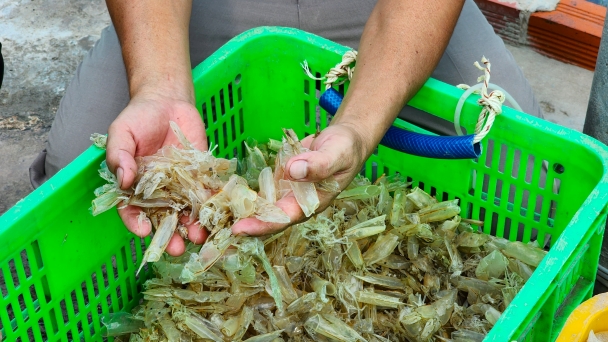
(VAN) Leveraging by-products in the shrimp industry opens up opportunities for businesses to earn billions of USD.
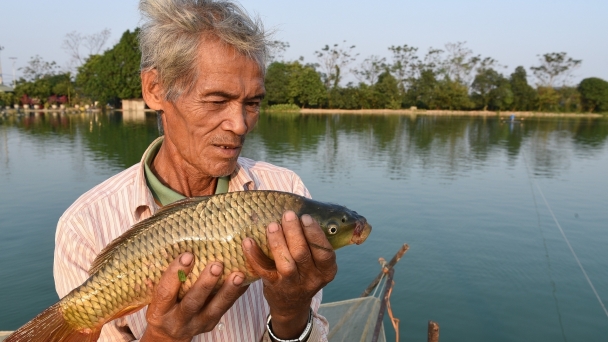
(VAN) Tram Phu commune (Ung Hoa, Hanoi) operates aquaculture at a scale of 475 ha, standing out with Tram Phu Fisheries Cooperative with over 70 members.
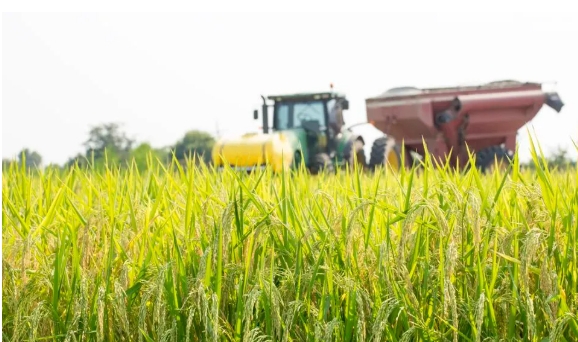
(VAN) 'Regenerative' is an increasingly popular term that is now being applied more broadly than in agriculture.
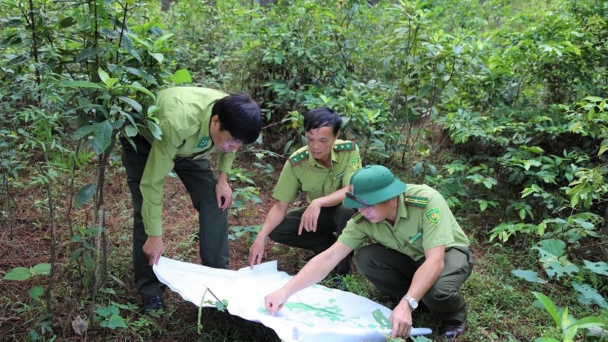
(VAN) Forest owners must standardize processes right from the stages of seed selection and planting to adapt CBAM, EUDR regulations.

(VAN) The program was an opportunity for the USGC to discuss its strategies in the region as well as a chance to highlight the superior performance of US corn in both industries.